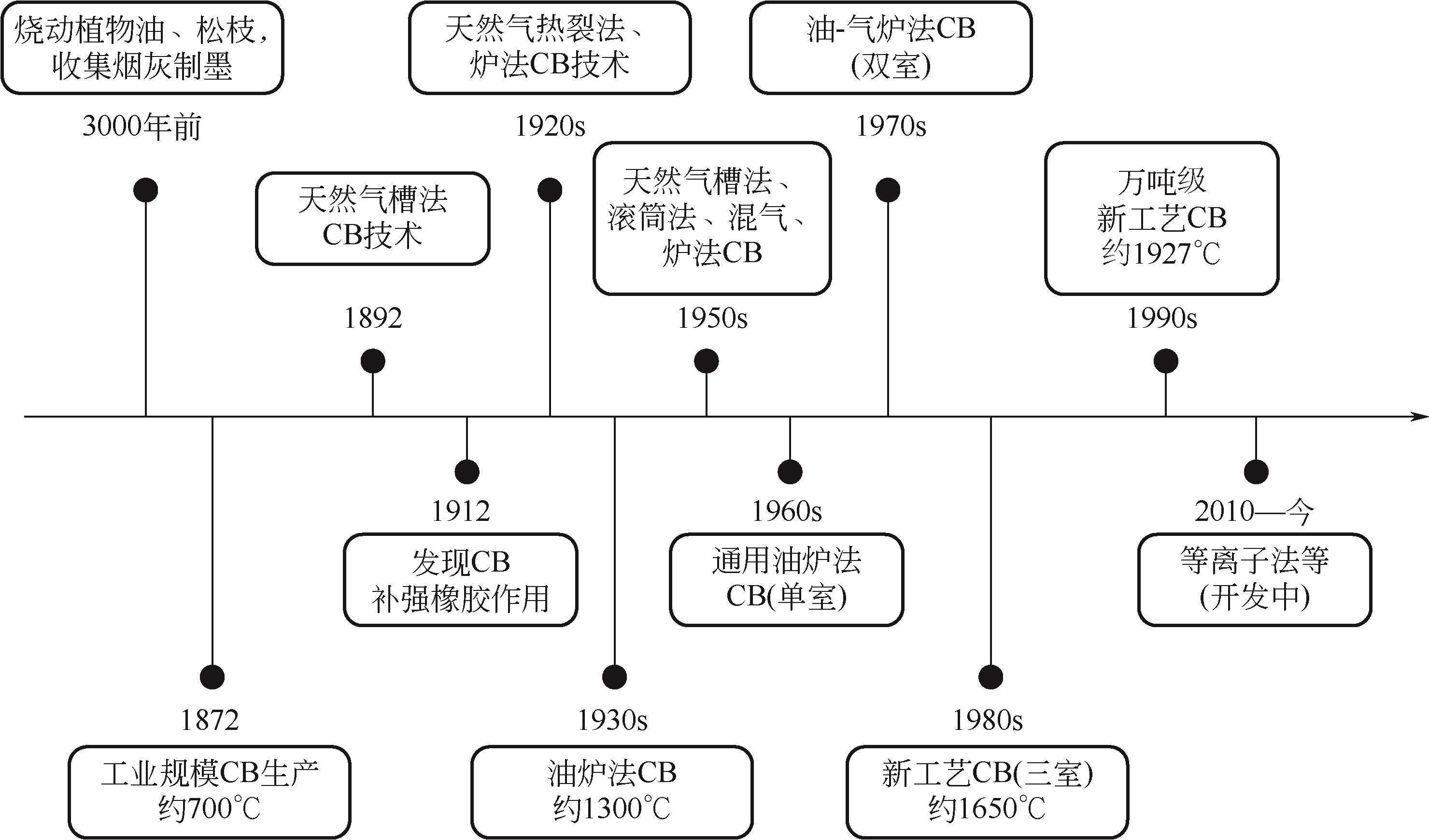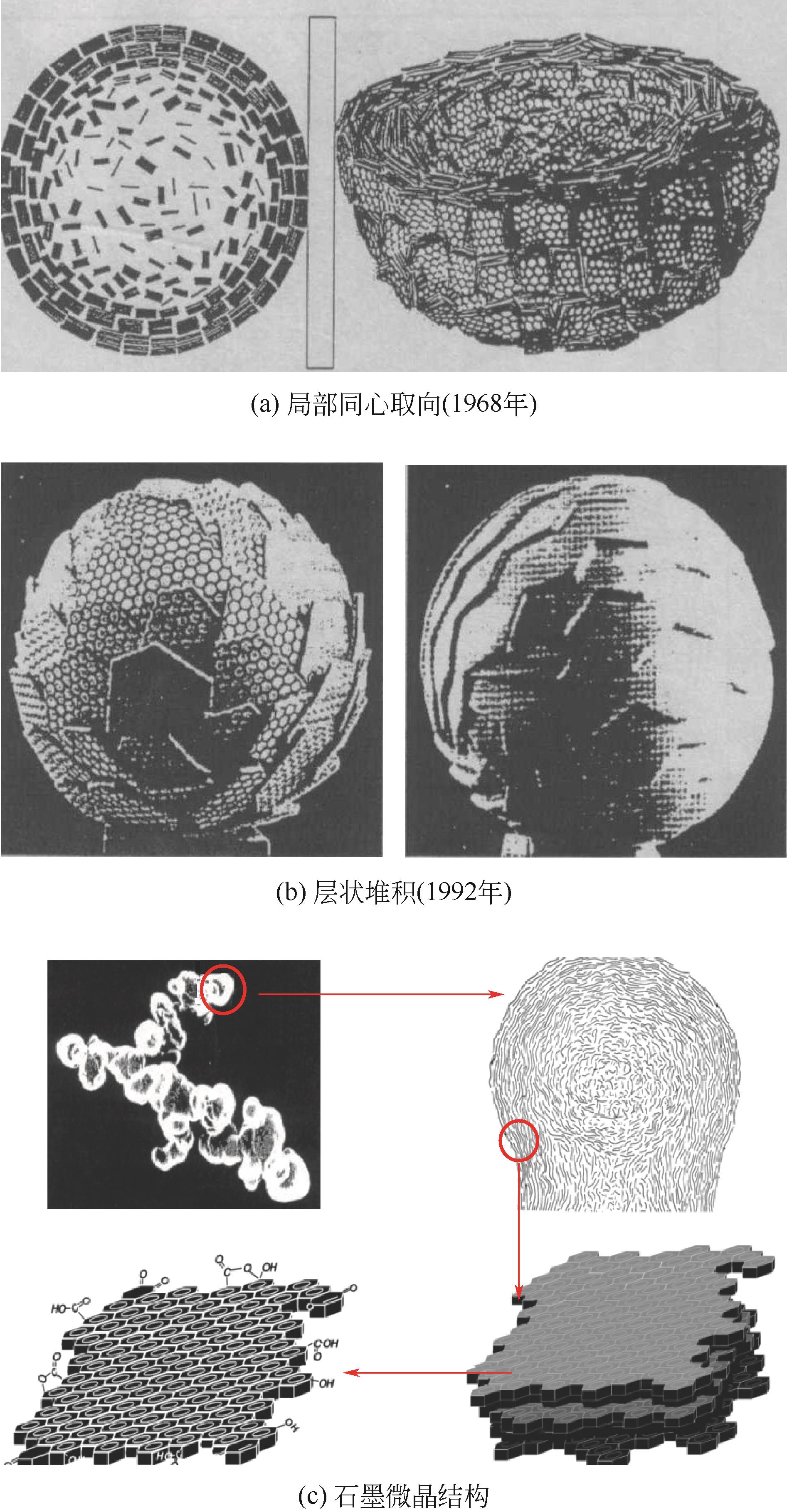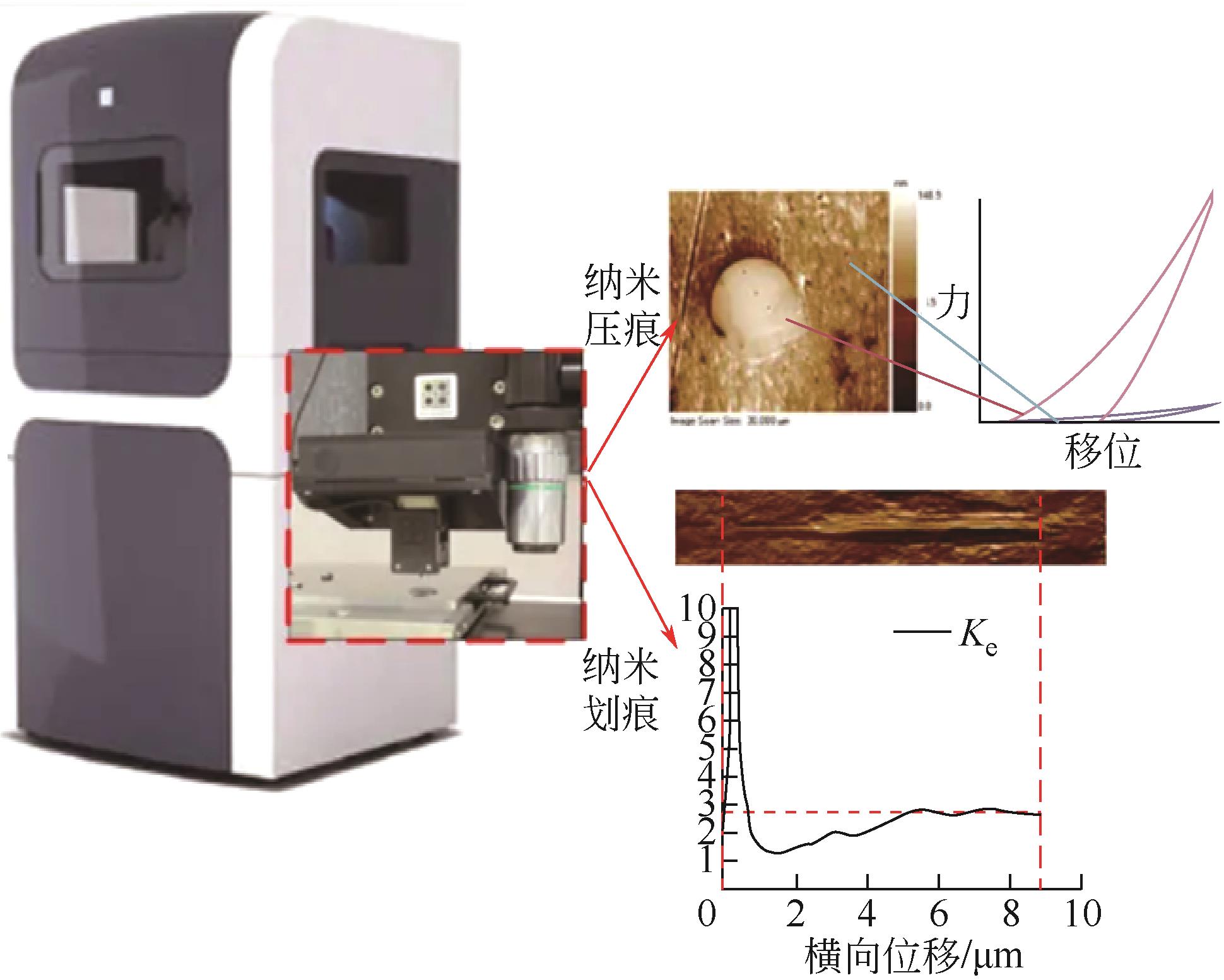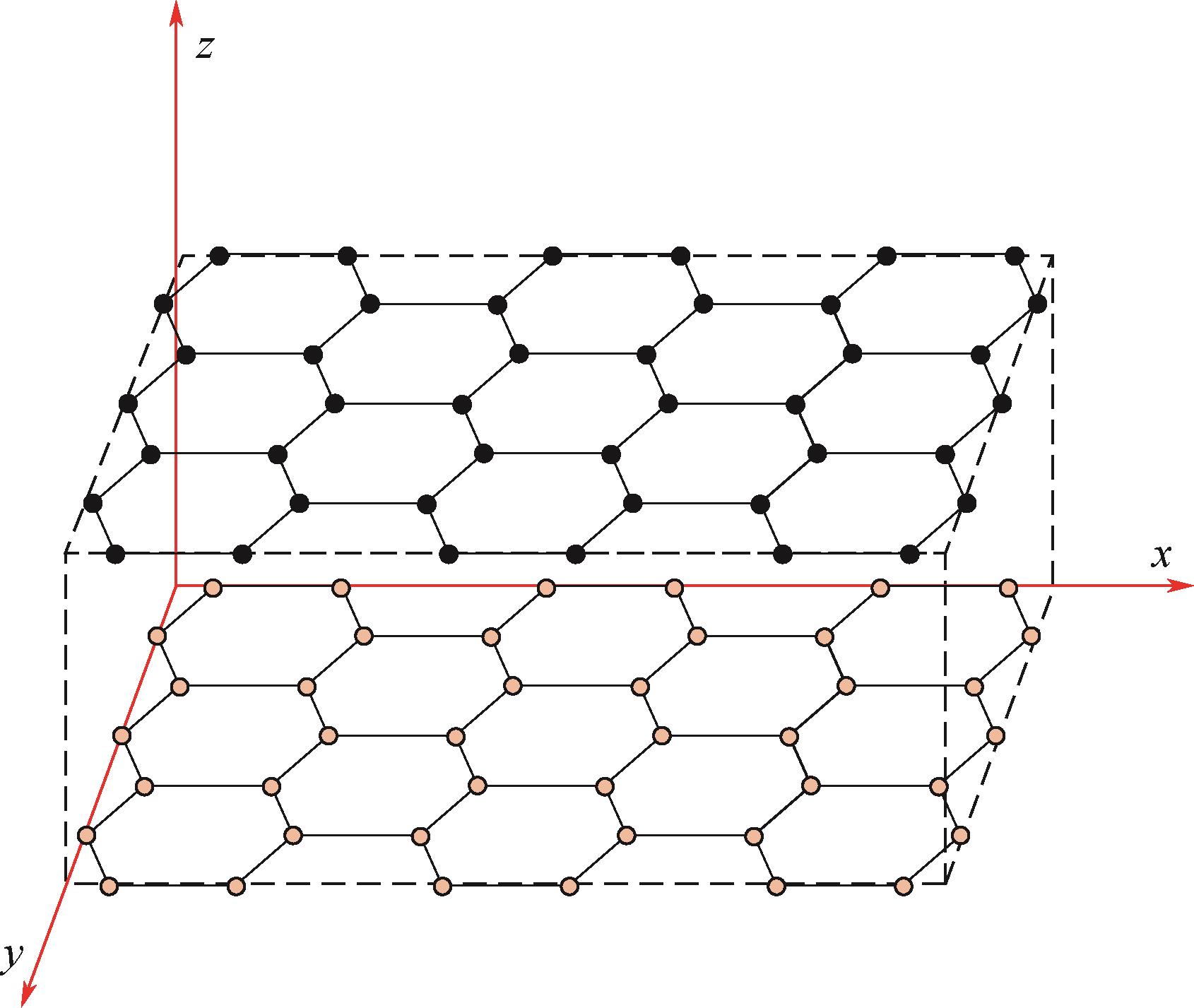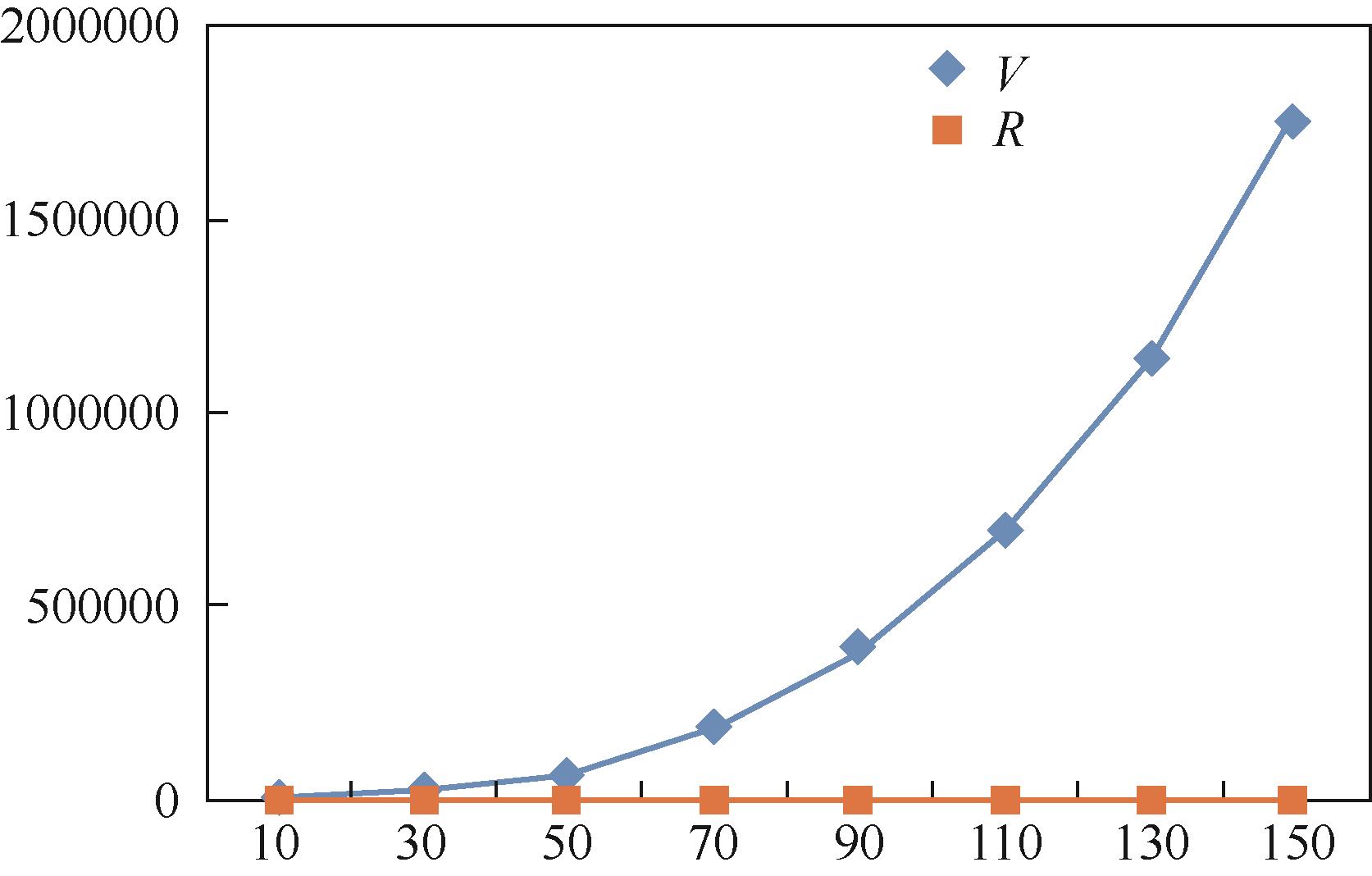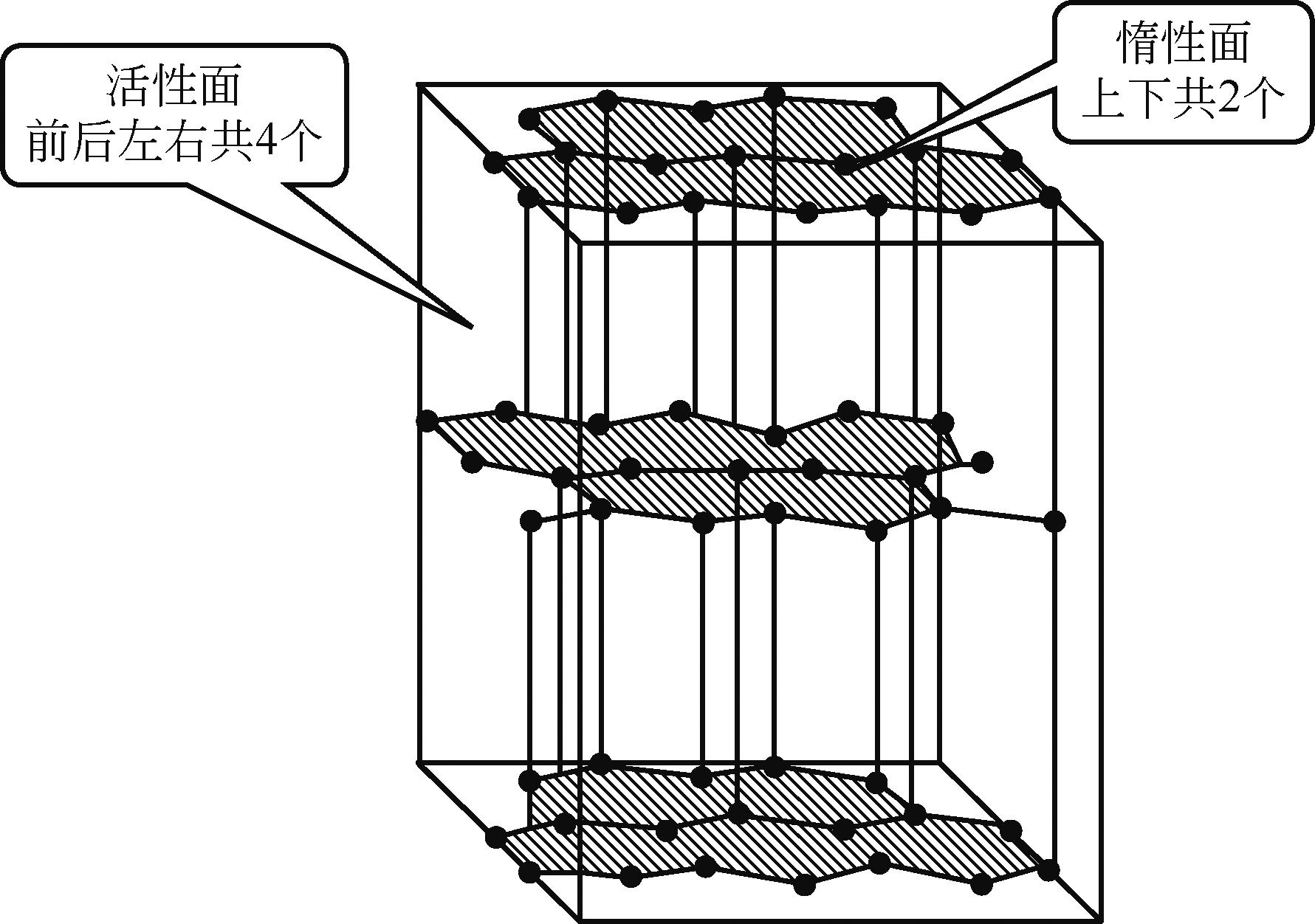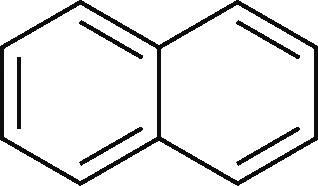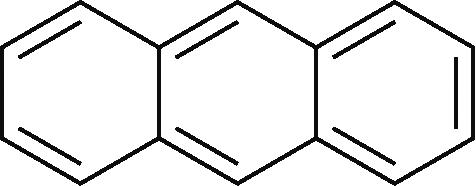| 1 |
李炳炎. 炭黑生产与应用手册[M]. 北京: 化学工业出版社, 2000.
|
|
LI Bingyan. Handbook of carbon black production and application[M], Beijing: Chemical Industry Press, 2000.
|
| 2 |
吴立峰, 丁丽萍. 炭黑应用手册[M]. 北京: 化学工业出版社. 2008.
|
|
WU Lifeng, DING Liping. Carbon Black Application Manual[M]. Beijing: Chemical Industry Press, 2008.
|
| 3 |
丁利虎, 孙鲁光, 陈新中. 炭黑技术产业发展现状研究[J]. 清洗世界, 2021, 37(9): 60-61.
|
|
DING Lihu, SUN Luguang, CHEN Xinzhong. Research on the development status of carbon black technology industry [J]. Clean World, 2021, 37(9): 60-61.
|
| 4 |
熊佳, 黄英, 李鹏, 等. 新型炭黑的发展及其在轮胎工业中的应用[J]. 合成橡胶工业, 2004, 27(6): 388-390.
|
|
XIONG Jia, HUANG Ying, LI Peng, et al. Development of new carbon black and its application in tire industry[J]. Synthetic Rubber Industry, 2004, 27(6): 388-390
|
| 5 |
FAN Y R, FOWLER G D, ZHAO M. The past, present and future of carbon black as a rubber reinforcing filler—A review[J]. Journal of cleaner production, 2020, 247: 119115.
|
| 6 |
道奈, 沃埃特, 王梦蛟. 炭黑[M]. 北京: 化学工业出版社. 1982.
|
|
DONNET J B, VOET A, WANG Mengjiao. Carbon black[M]. Beijing: Chemical Industry Press, 1982.
|
| 7 |
DONNET J B. Structure and reactivity of carbons: from carbon black to carbon composites[J]. Carbon, 1982, 20(4): 267-282.
|
| 8 |
王梦蛟, 张平, Mahmud Khaled, 等. 轮胎用新补强材料的发展[J]. 轮胎工业, 2004, 24(8): 482-488.
|
|
WANG Mengjiao, ZHANG Ping, MAHMUD Khaled, et al. Development of new reinforcement materials for tires[J]. Tire Industry, 2004, 24(8): 482-488.
|
| 9 |
王梦蛟. 填料-弹性体相互作用对填充硫化胶滞后损失、湿摩擦性能和磨耗性能的影响(续一)[J]. 轮胎工业, 2007(11): 648-656.
|
|
WANG Mengjiao. Effects of filler elastomer interaction on hysteresis loss, wet friction performance, and wear performance of filled vulcanized rubber[J]. Tire Industry, 2007(11): 648-656.
|
| 10 |
王梦蛟, 王正, 贾维杰, 等. 橡胶/白炭黑连续液相混炼胶在轮胎中的应用[J]. 橡胶工业, 2023, 70(9): 655-666.
|
|
WANG Mengjiao, WANG Zheng, JIA Weijie, et al. Application of silica-filled masterbatches produced with continuous liquid phase mixing in tires[J]. China Rubber Industry, 2023, 70(9): 655-666.
|
| 11 |
陈建, 金永中. 炭黑结构与活性研究[M]. 北京: 科学出版社, 2018.
|
|
CHEN Jian, JIN Yongzhong. Study on structure and activity of carbon black[M]. Beijing: Science Press, 2018.
|
| 12 |
王定友, 陈建. 炭黑分散体的聚集体间距研究[J], 炭黑工业, 2019(1): 28-29.
|
|
WANG Dingyou, CHEN Jian. Study on aggregation distance of carbon black dispersions[J]. Carbon Black Industry, 2019(1): 28-29.
|
| 13 |
CHEN Jian, HU Maoyuan, QING Long, et al. Study on boundary layer and surface hardness of carbon black in natural rubber using atomic force microscopy[J]. Polymers, 2022, 14(21): 4642.
|
| 14 |
CHEN Jian, HU Maoyuan, LI Yuming, et al. Significant influence of bound rubber thickness on the rubber reinforcement effect[J]. Polymers, 2023, 15(9): 2051.
|
| 15 |
王道宏, 徐亦飞, 张继炎. 炭黑的物化性质及表征[J]. 化学工业与工程, 2002, 19(1): 76-82.
|
|
WANG Daohong, XU Yifei, ZHANG Jiyan. The physicochemical properties and characterization of carbon black[J]. Chemical Industry and Engineering, 2002, 19(1): 76-82.
|
| 16 |
庄清平. 炭黑粒子的表面形貌及其聚集体的纳米力学属性[J]. 橡胶工业, 2006, 53(4): 216-222.
|
|
ZHUANG Qingping. Surface morphology of carbon black particle and nanomechanics of its aggregate[J]. China Rubber Industry, 2006, 53(4): 216-222.
|
| 17 |
KOHJIYA Shinzo, KATOH Atushi, SUDA Toshiya, et al. Visualisation of carbon black networks in rubbery matrix by skeletonisation of 3D-TEM image[J]. Polymer, 2006, 47(10): 3298-3301.
|
| 18 |
ABOUDI I EL, MDARHRI A, BROSSEAU C, et al. Investigating carbon-black-filled polymer composites’ brittleness[J]. Polymer Bulletin, 2020, 77(9): 4959-4969.
|
| 19 |
Marek PÖSCHL, Martin VAŠINA, Petr ZÁDRAPA, et al. Study of carbon black types in SBR rubber: Mechanical and vibration damping properties[J]. Materials, 2020, 13(10): 2394.
|
| 20 |
KUNTI Nitya Narayan, SENGUPTA Ranjan. Reduction of filler-filler interaction and hysteresis loss of carbon black filled rubber compound by using modified carbon Black[J]. Progress in Rubber, Plastics and Recycling Technology, 2023, 39(2): 156-168.
|
| 21 |
WEBER Marcel, MAYER Julian K, KWADE Arno. The carbon black dispersion index DICB: A novel approach describing the dispersion progress of carbon black containing battery slurries[J]. Energy Technology, 2023, 11(5): 2201299.
|
| 22 |
VICENTINI Fernando Campanhã, ALMEIDA SILVA Tiago, Orlando FATIBELLO-FILHO. Carbon black electrodes applied in electroanalysis[J]. Current Opinion in Electrochemistry, 2024, 43: 101415.
|
| 23 |
ABDALLAH KHALAF Eyad Sayed. A comparative study for the main properties of silica and carbon black Filled bagasse-styrene butadiene rubber composites[J]. Polymers and Polymer Composites, 2023, 31: 096739112311710.
|
| 24 |
COSTA CORNELLÀ Aleix, HARDMAN David, COSTI Leone, et al. Variable sensitivity multimaterial robotic e-skin combining electronic and ionic conductivity using electrical impedance tomography[J]. Scientific Reports, 2023, 13(1): 20004.
|
| 25 |
JIANG Xu, ZHANG Longlong, WANG Fengyin, et al. Investigation of carbon black production from coal tar via chemical looping pyrolysis[J]. Energy & Fuels, 2016, 30(4): 3535-3540.
|
| 26 |
TOTH Pal, Therese VIKSTRÖM, MOLINDER Roger, et al. Structure of carbon black continuously produced from biomass pyrolysis oil[J]. Green Chemistry, 2018, 20(17): 3981-3992.
|
| 27 |
NORRIS C J, López CERDÁN A, HAAR P TER. Understanding recovered carbon black[J]. Rubber Chemistry and Technology, 2023, 96(2): 196-213.
|
| 28 |
SUGATRI Rana Ida, WIRASADEWA Yudo Chandrasa, SAPUTRO Kurniawan Eko, et al. Recycled carbon black from waste of tire industry: Thermal study[J]. Microsystem Technologies, 2018, 24(1): 749-755.
|
| 29 |
于兴智, 石灵, 张学军, 等. 微波能在废轮胎裂解回收中的工程化应用[J]. 真空电子技术, 2013(6): 83-85.
|
|
YU Xingzhi, SHI Ling, ZHANG Xuejun, et al. The engineering applications of microwave energy pyrolysis in recovery waste tires[J]. Vacuum Electronics, 2013(6): 83-85.
|
| 30 |
乔慧君, 陈亚薇, 刘英俊, 等. 废轮胎裂解炭黑的酸洗改性及其在丁苯橡胶中的应用[J]. 合成橡胶工业, 2016, 39(5): 418-422.
|
|
QIAO Huijun, CHEN Yawei, LIU Yingjun, et al. Pickling modification of pyrolytic carbon black made from waste tire and its application in butadiene-styrene rubber[J]. China Synthetic Rubber Industry, 2016, 39(5): 418-422.
|
| 31 |
OKOYE Chiemeka Onyeka, JONES Isabelle, ZHU Mingming, et al. Manufacturing of carbon black from spent tyre pyrolysis oil—A literature review[J]. Journal of Cleaner Production, 2021, 279: 123336.
|
| 32 |
FAULKNER B P, WEINECKE M. Carbon black production from waste tires[J]. Mining, Metallurgy & Exploration, 2001, 18(4): 215-220.
|
| 33 |
SONG Pan, WAN Chaoying, XIE Yanling, et al. Vegetable derived-oil facilitating carbon black migration from waste tire rubbers and its reinforcement effect[J]. Waste Management, 2018, 78: 238-248.
|
| 34 |
XU Junqing, YU Jiaxue, HE Wenzhi, et al. Wet compounding with pyrolytic carbon black from waste tyre for manufacture of new tyre—A mini review[J]. Waste Management & Research, 2021, 39(12): 1440-1450.
|
| 35 |
TANG L, HUANG H. Thermal plasma pyrolysis of used tires for carbon black recovery[J]. Journal of Materials Science, 2005, 40(14): 3817-3819.
|
| 36 |
KIANI Aida, Rosaria ACOCELLA M, GRANATA Veronica, et al. Green oxidation of carbon black by dry ball milling[J]. ACS Sustainable Chemistry & Engineering, 2022, 10(48): 16019-16026.
|
| 37 |
LASHKAR Vishnu Teja, MINHAS Gurminder, FISHER Geoffrey, et al. Production of greener styrene-butadiene rubber (SBR) composites through partial substitution of carbon black with bi-modal cellulose fibers[J]. Cellulose, 2023, 30(15): 9485-9499.
|
| 38 |
KHAN Aamer, AWAIS Muhammad, MOHSIN Muhammad. Recycling textile waste into innovative carbon black and applications to smart textiles: A sustainable approach[J]. Biomass Conversion and Biorefinery, 2023: 1-16.
|
| 39 |
Drupitha MP, MISRA Manjusri, MOHANTY Amar Kumar. Recent advances on value-added biocarbon preparation by the pyrolysis of renewable and waste biomass, their structure and properties: A move toward an ecofriendly alternative to carbon black[J]. Environmental Science: Advances, 2023, 2(10): 1282-1301.
|
| 40 |
LEE So-Hyeon, KIM Jun-Hyun, PARK Hyun-Ho. Upcycling green carbon black as a reinforcing agent for styrene-butadiene rubber materials[J]. RSC Advances, 2022, 12(47): 30480-30486.
|
| 41 |
黄敬彬. 炭黑生产技术进步五十年[J]. 炭黑工业, 2000(6): 19-29.
|
|
HUANG Jingbin. Fifty years of technological progress in carbon black production[J]. Carbon Black Industry, 2000(6): 19-29.
|
| 42 |
潘宇涵, 徐俊, 赵光杰, 等. 废轮胎梯级热解中试装置开发与产物特性分析[J]. 化工进展, 2023, 42(3): 1240-1247.
|
|
PAN Yuhan, XU Jun, ZHAO Guangjie, et al. Development of pilot-plant for the step pyrolysis of waste tires and analysis of product characteristics[J]. Chemical Industry and Engineering Progress, 2023, 42(3): 1240-1247.
|
| 43 |
范妆新. 中国新工艺炭黑技术的发展[J]. 橡胶工业, 2000, 47(4): 237-242.
|
|
FAN Jianxin. Development of new process carbon black technology in China[J]. Rubber Industry, 2000, 47(4): 237-242.
|
| 44 |
袁景彬, 李岗领, 刘江红. 双切线软质炭黑反应炉内运动状态研究[J]. 广州化工, 2022, 50(23): 163-164.
|
|
YUAN Jingbin, LI Gangling, LIU Jianghong. Study on moving state of double tangent soft carbon black reactor[J]. Guangzhou Chemical Industry, 2022, 50(23): 163-164.
|
| 45 |
张周明, 吴爱军, 王赣华. 高温炭黑反应炉炉衬选材分析[J]. 耐火材料, 1999, 33(5): 286-288, 291.
|
|
ZHANG Zhouming, WU Aijun, WANG Ganhua. Optimization of materials lined on high temperature carbon black reactor[J]. Refractories, 1999, 33(5): 286-288, 291.
|
| 46 |
张海达. 富氧空气技术用于炭黑生产的展望[J]. 炭黑工业, 1994(2): 1-8.
|
|
ZHANG Haida. The prospect of using enriched oxygen air technology for carbon black production in the carbon black industry[J]. 1994(2): 1-8.
|
| 47 |
苏吉春, 高献庭, 毕志虎. 950℃高温空气预热器在炭黑生产中的应用小结[J]. 炭黑工业, 2010(1): 6-7.
|
|
SU Jichun, GAO Xianting, BI Zhihu, et al. Summary of the application of 950℃ high temperature air preheater in carbon black production[J]. Carbon Black Industry, 2010(1): 6-7.
|
| 48 |
黄锡甫, 朱社教, 郑忠东, 等. 年产3万吨炭黑尾气的综合治理与利用[J], 炭黑工业, 2010(2): 1-5.
|
|
HUANG Xifu, ZHU Shejiao, ZHENG Zhongdong, et al. Comprehensive treatment and utilization of carbon black tail gas with an annual production of 30000 tons[J]. Carbon Black Industry, 2010(2): 1-5.
|
| 49 |
张慧明, 牛平波, 林小妍. 炭黑工业烟气余热的回收及利用[J]. 节能, 1996, 15(2): 31-35.
|
|
ZHANG Huiming, NIU Pingbo, LIN Xiaoyan. Recovery and utilization of flue gas waste heat from carbon black industry[J]. Energy Conservation, 1996, 15(2): 31-35.
|
| 50 |
曲波, 魏振文. 炭黑烟气余热的回收利用[J]. 天津化工, 2003, 17(4): 37-38.
|
|
QU Bo, WEI Zhenwen. Recovery and utilization of waste heat from carbon black flue gas[J]. Tianjin Chemical Industry, 2003, 17(4): 37-38.
|
| 51 |
李炳炎. 中国炭黑工业的节能和碳减排[J]. 炭黑工业, 2013(1): 1-6.
|
|
LI Bingyan. Energy conservation and carbon reduction in China's carbon black industry[J]. Carbon Black Industry, 2013(1): 1-6.
|
| 52 |
排污许可证申请与核发技术规范 专用化学产品制造工业: [S].
|
|
Application and issuance of pollutant discharge permits, Technical specifications for specialized chemical product manufacturing industry: [S].
|
 ), CHEN Jian2(
), CHEN Jian2( ), FAN Ruxin1, LI Dashun2
), FAN Ruxin1, LI Dashun2
